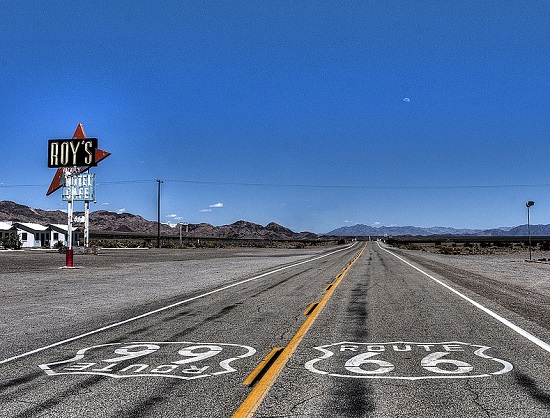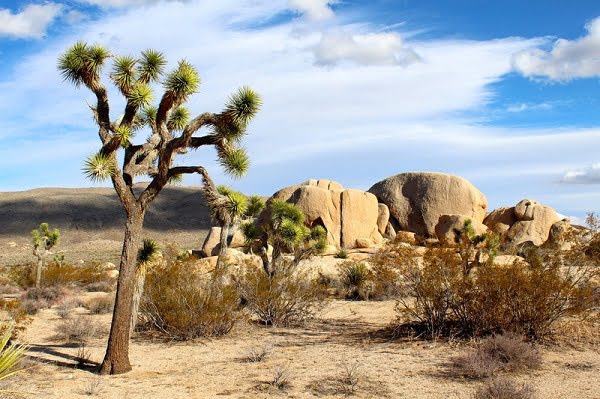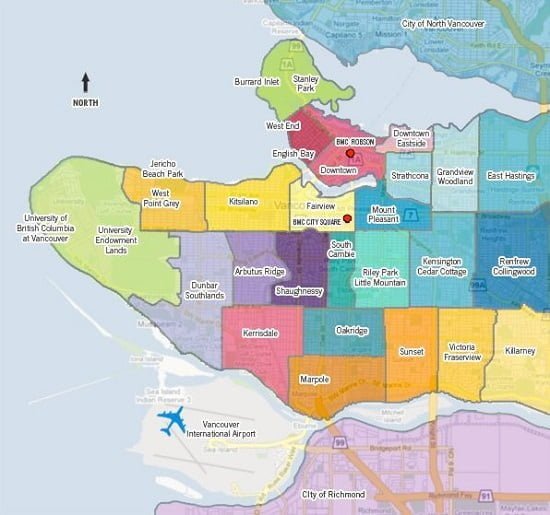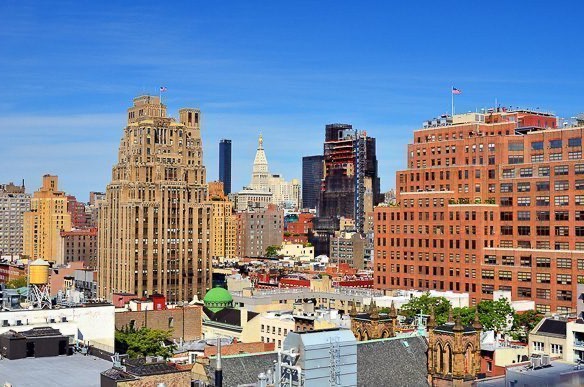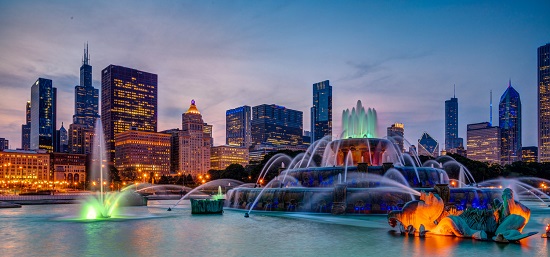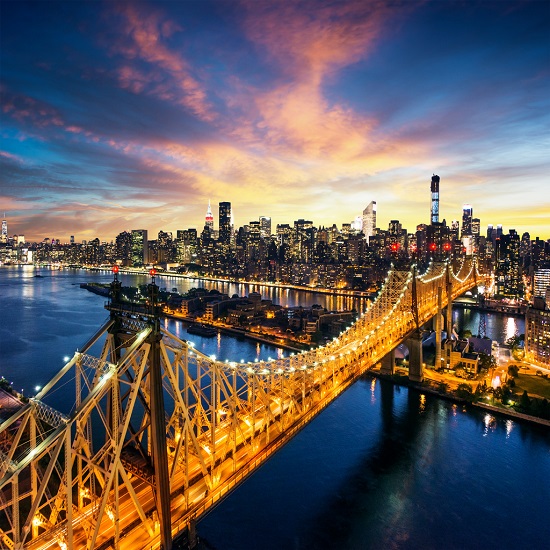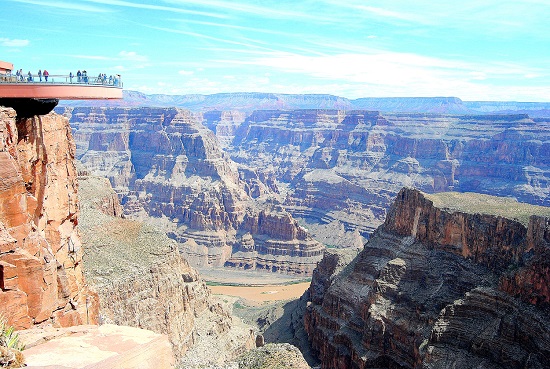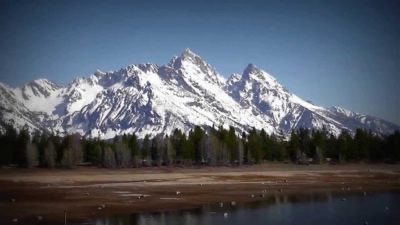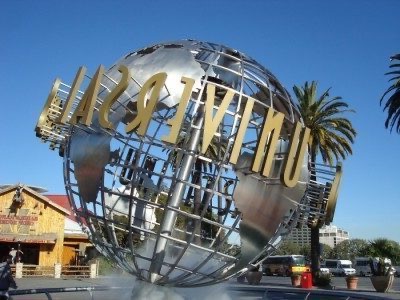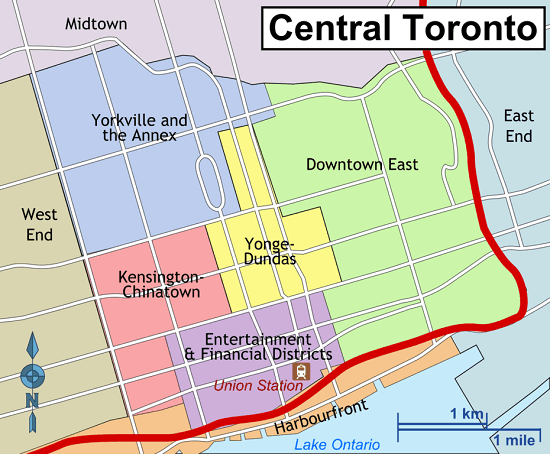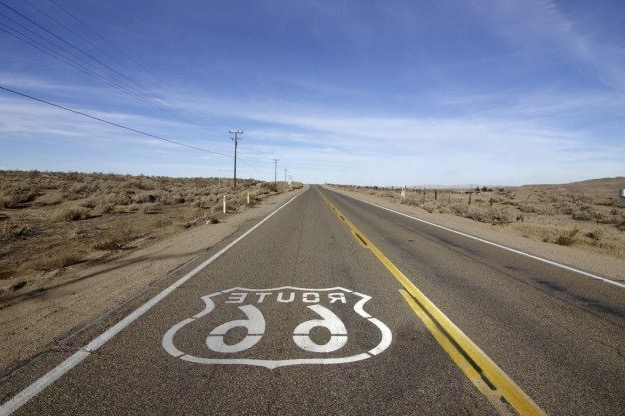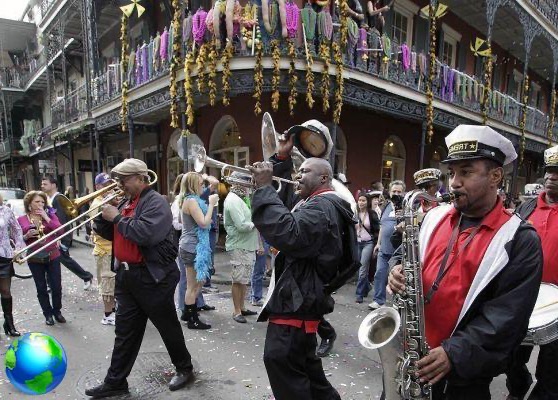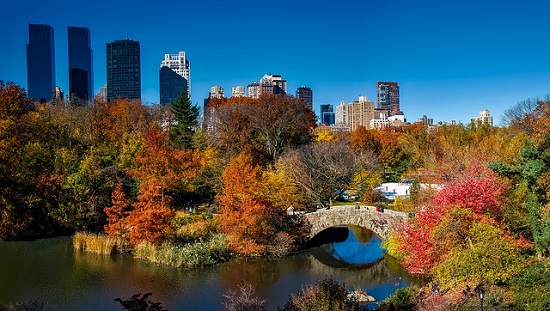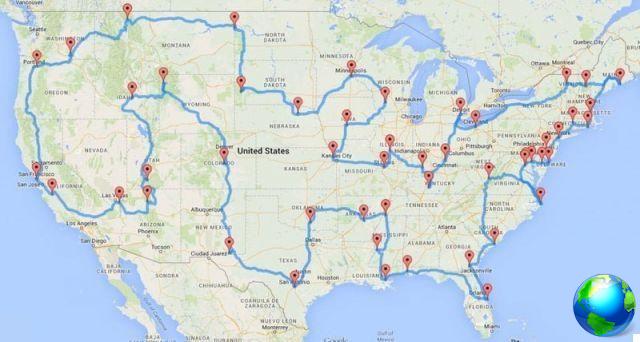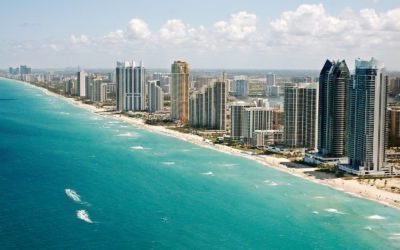No country encourages you to drive more than the United States. From its main coastal cities to rural interiors, from arid deserts to tropical lowlands, a trip across the country can give you the impression of visiting various nations, each so different from the other.
The roads in America are generally safe, and most travel is accident-free. Knowing the local driving laws will help you avoid any problems on the road.
The Roads in America
There are over four million miles of roads in the United States, and most of these are two-lane rural roads. The American road network is generally good, although the lack of infrastructure investment over the past few decades has resulted in the wear and tear of the asphalt, so watch out for potholes as you drive.
Knowing the different types of roads in America is very helpful when following a route. Let's take a look at the main types of roads.
Interstate highways
These are the main arteries that connect the states to each other. Interstates are high-speed roads with no cross traffic or intersections; these streets are normally entered via a ramp.
Interstates are indicated by the letter I and a succession of numbers. With even numbers indicate routes with east-west direction (with the lowest numbers on the south coast and the border with Mexico), while with odd numbers indicate those with north-south direction (with lower numbers on the Pacific coast).
Interstate highways have a two-digit number, while roads with a three-digit number are power roads for a major interstate. You will recognize the interstate highways by their iconic blue mark with a red crest.
Freeways
Freeways are also a kind of interstate road, but are often found in urban areas and are designed for high-speed driving. They also never have tolls - hence the freeway name.
Numbered highways
Also known as US Routes or US Highway, America's numbered highways were the original interstates, until they were replaced in the 50s. Like the Interstates, the US Routes are also laid out in a grid across the country, but with the numbering system reversed and you'll see junctions and traffic lights as you travel them. You will recognize a numbered highway by the white badge on a black background.
State highways
They are of a lower order and are usually quieter streets. State roads often have a lower speed limit and are designed and operated by the state.
Scenic byways
Scenic backroads are, as the name suggests, scenic routes that are maintained by the state. Many pass through national parks and other areas of interest, and usually have their own unique signage.
Road signs in America
Road signs in the United States are increasingly using symbols rather than words to convey their message. Symbols provide instant communication with road users, overcome language barriers and are standard rules.
Familiarity with the symbols on road signs is important for every road user in order to maintain safety and avoid infringements.
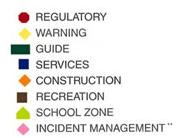
The color of the road signs it is an important indicator of the information they contain.
The use of the red on signs is limited to stop, right of way and prohibition signs.
A background White indicates a normative sign.
Il yellow sends a general warning message.
The signals greens describe permitted traffic movements or directional guidance.
The signals in fluorescent yellow / green indicate pedestrian crossings and school areas.
THEOrange it is used to signal the presence of road work areas.
Il fluorescent pink color it is used for incident management signals.
Il blu indicates services for road users, tourist information and evacuation routes.
The color brown is for guidance to public sites of recreation or cultural interest.
The shape of the signal it can also alert road users to the type of information displayed on a sign. Traffic regulations are conveyed in rectangular or square signs.
Additional regulatory signs are octagons for the stop e inverted triangles for the right of way. Signs rectangular with the longest horizontal direction they have the task of providing information regarding the roads to be traveled, the distance, the services available in a service area or places of particular interest.
I pentagon indicate the school areas. The road signs of danger have the shape of a square having a diagonal perpendicular to the ground with writings and symbols in black on a yellow background.
Street signs for parking
In the States, several parking signs are used to provide information on when, for how long and for what purposes a vehicle can park on the street or to designate specific uses of sidewalks and parking zones. Sometimes two or more signs are combined when multiple regulations apply to the same curb space and parking zone.
The signs must be read from top to bottom. In addition, they also use colors like traffic lights. Red means that there is a certain prohibition, limitation or you can't park at all, while green means that parking is allowed.
You may also be interested in "How to rent a car in the States"
In some cities, parking restrictions are indicated by the color of the curbFor example, red border indicates no parking at any time, yellow can indicate a loading zone for trucks, green a limited period of parking, blue border for disabled parking only, and white loading and unloading passengers. Always read all parking signs carefully.
Tables use arrows and the indications written in them are valid only for parking on the side of the road where the table is located. A double arrow indicates that parking is allowed on both sides of the sign. A parking sign regulates all parking spaces within the zone in the direction of the arrow to the next parking sign or the end of the block.
Aside from the obvious prohibited parking places, such as entrances and bus stops, be careful not to park less than 3 meters from a fire hydrant, as they may remove your car. Other restricted areas are in front of fire stations, ambulances and schools, often indicated by a red sidewalk, and on bus and taxi stops, where you can stop briefly, but not get out of your car.
You always have to park in the direction of the traffic flow on the near side of the road. Parking spaces are often aligned diagonally and "butt", which means that the front of the car must face the curb.
When parking on a hill, you must always “brake the wheels”, that is, turn the wheels towards the road when uphill and towards the pavement when downhill.
The following parking restrictions are widely used:
No stopping - do not stop on the roadside.
No Standing - You can only stop to collect or deliver passengers or goods if you do it quickly. You do not have to leave your car in a "no standing" area.
No parking - You can only stop to pick up or drop off passengers or goods. If you stop longer, the driver should stay in the driver's seat so that he can move the car if necessary.
